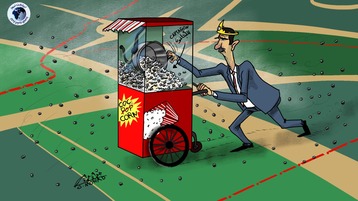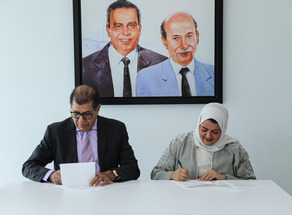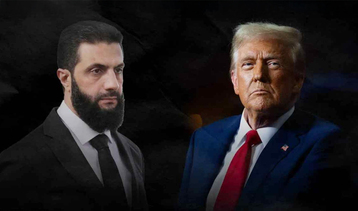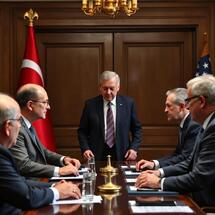-
The next president of Iran is assigned!
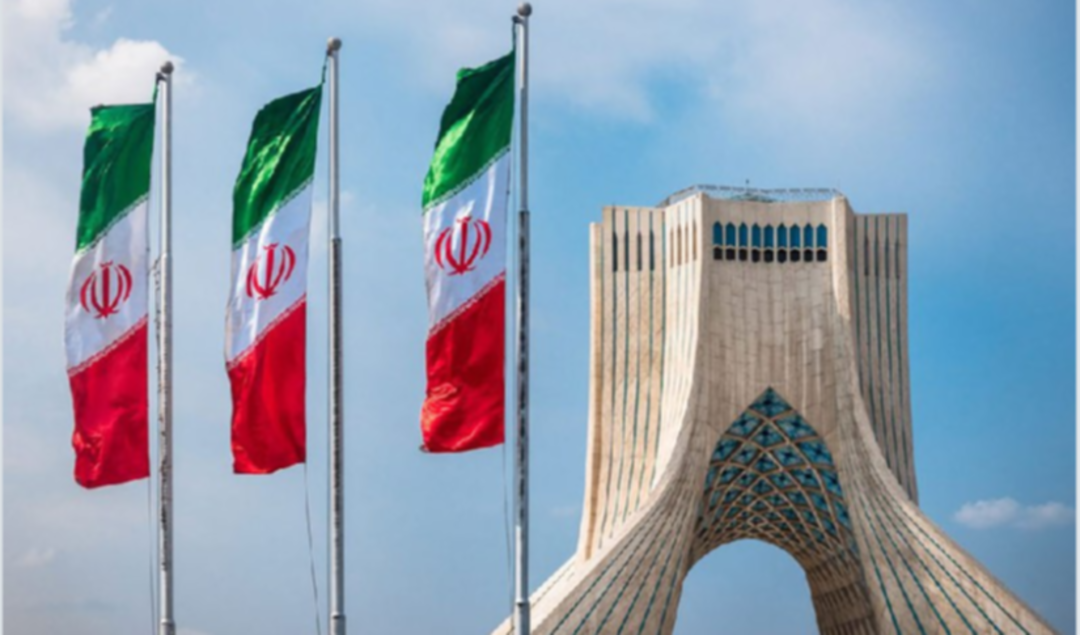
Finally, after some propaganda shows, which are window dressing of the dictatorship in Iran, and after speculations about who will pass the filter of the Guardian Council, on Tuesday, May 25, at Khamenei's behest, name of 7 people who will be allowed to enter the June sham election, was announced! In fact, Khamenei took one step closer to appoint his candidate and put an end to this show. Of course, out of the 7 people who were allowed to enter the final stage of the elections, everyone knows that 6 of them have no chance, and Ibrahim Raessi is the one who will be selected as president, and the rest have been included so that it would not be a one man show.
Because Khamenei, given the past experiences and the very critical situation in Iran, decided to finalize the issue of the next president at this stage so that what happened in 2009 does not happen again. A few months ago, he announced the conditions for the next president, saying that the upcoming elections should not be bipolar, meaning that there should be no competition in the elections. He announced the characteristics of the person he wanted in his Nowruz message, which, of course, made it clear that the ideal person for Khamenei was Qassem Soleimani, who was killed by US forces in Iraq last year, and with Qassem Soleimani killed, Khamenei received a huge and unbearable blow, since it was very difficult to find someone like him. After Soleimani's assassination, Khamenei’s clear choice was Ibrahim Raessi, who Khamenei had failed to appoint him as president four years ago. To this end, the Guardian Council, at Khamenei's behest, disqualified all those who might have run as rivals for Ibrahim Raessi and polarized the election. Even those who had repeatedly proved their allegiance to Khamenei, such as Ali Larijani, the two-term speaker of parliament, and one who was a IRGC commander for 10 years, or Ahmadinejad, who was Khamenei's two-term president, as well as Jahangiri, who is the current deputy President of Hassan Rouhani and all others who were likely to polarize the election.
But who is Ibrahim Raessi?
Raessi, was a young seminary student in the 1979 revolution and first worked as a deputy prosecutor in the city of Karaj in 1980 and was later appointed prosecutor of the same city. During this period, he was noticed by regime leaders for his atrocities in suppressing Khomeini's opponents in 1981, and in 1982, while he was Karaj’s Prosecutor, he was given the responsibility of the Hamedan City Prosecutor's Office as well, a position he held for three years. During this period, he harshly suppressed the regime’s opposition.
In 1988, he was selected as a member of the death committee that massacred 30,000 political prisoners at Khomeini's behest. The names of members of this death committee were later revealed by Ayatollah Montazeri (Khomeini's successor, who opposed Khomeini's order and for this reason Khomeini ousted him), and since then Raessi has been hated by most people. However, after Khomeini's death and Khamenei taking the power, Raessi moved up the ladder rapidly due to his allegiance to Khamenei. In 1989, he was first appointed as Tehran’s Prosecutor and after 5 years as the head of the General Inspectorate. He worked in this position for 10 years. In 2004, he was given the post of First Deputy of the Judiciary, and then in 2014 he became the Attorney General for a year, but after a year, Khamenei appointed him as the head of Astan Quds Razavi, one of the richest institutions in Iran with tens of billions of dollars of capital. Astan Quds Razavi is one of the organs of theft and plunder of the Iranians’ wealth. At the same time, he was the Special Prosecutor General of the Clergy, and since 2006 has been the representative of South Khorasan in parliament and a member of the Presidium of the Assembly of Experts. Khamenei wanted to make him president in 2017, but in fear of another uprising like the one in 1988, he chose not to take that risk at the time, and thus endured Hassan Rouhani for another four years. But after that election, Khamenei appointed him a member of the Expediency Council for five years, and two years later, even though Sadegh Larijani still had a few months left, Khamenei appointed him as the new head of judiciary. In Iran, the head of judiciary holds the second spot of power right after the president. Khamenei by appointing him to this position provided him with a tool to remove all his opponents.
Now Khamenei knowing the very critical situation in Iran and while the public is opposed to his rule, is determined to appoint a new president because he thinks after his death, which, according to experts, is not far off, any rift at the head of the regime imminently will lead to the disintegration and overthrow of the regime. For this reason, he has chosen the policy of maximum contraction to eliminate any opposition by deploying IRGC and various security forces. According to many, this sham election is the last show of this kind. Because on the one hand, 80% of the people live below the poverty line due to institutionalized corruption, and on the other hand, people want an end to dictatorship and oppression. They want regime change and establish a democratic government. Regardless of who will be the president next month, Iranians are waiting for an opportunity to overthrow the entire regime in an uprising like what happened in November 2019. This is what Ahmadinejad acknowledged in a recent speech before being dismissed by the Guardian Council, saying that a flood would soon engulf the entire regime.
by: Cyrus Yaqubi
Cyrus Yaqubi is a Research Analyst and Iranian Foreign Affairs Commentator investigating the social issues and economy of the middle east countries in general and Iran in particular.
You May Also Like
Popular Posts
Caricature
BENEFIT Sponsors BuildHer...
- April 23, 2025
BENEFIT, the Kingdom’s innovator and leading company in Fintech and electronic financial transactions service, has sponsored the BuildHer CityHack 2025 Hackathon, a two-day event spearheaded by the College of Engineering and Technology at the Royal University for Women (RUW).
Aimed at secondary school students, the event brought together a distinguished group of academic professionals and technology experts to mentor and inspire young participants.
More than 100 high school students from across the Kingdom of Bahrain took part in the hackathon, which featured an intensive programme of training workshops and hands-on sessions. These activities were tailored to enhance participants’ critical thinking, collaborative problem-solving, and team-building capabilities, while also encouraging the development of practical and sustainable solutions to contemporary challenges using modern technological tools.
BENEFIT’s Chief Executive Mr. Abdulwahed AlJanahi, commented: “Our support for this educational hackathon reflects our long-term strategic vision to nurture the talents of emerging national youth and empower the next generation of accomplished female leaders in technology. By fostering creativity and innovation, we aim to contribute meaningfully to Bahrain’s comprehensive development goals and align with the aspirations outlined in the Kingdom’s Vision 2030—an ambition in which BENEFIT plays a central role.”
Professor Riyadh Yousif Hamzah, President of the Royal University for Women, commented: “This initiative reflects our commitment to advancing women in STEM fields. We're cultivating a generation of creative, solution-driven female leaders who will drive national development. Our partnership with BENEFIT exemplifies the powerful synergy between academia and private sector in supporting educational innovation.”
Hanan Abdulla Hasan, Senior Manager, PR & Communication at BENEFIT, said: “We are honoured to collaborate with RUW in supporting this remarkable technology-focused event. It highlights our commitment to social responsibility, and our ongoing efforts to enhance the digital and innovation capabilities of young Bahraini women and foster their ability to harness technological tools in the service of a smarter, more sustainable future.”
For his part, Dr. Humam ElAgha, Acting Dean of the College of Engineering and Technology at the University, said: “BuildHer CityHack 2025 embodies our hands-on approach to education. By tackling real-world problems through creative thinking and sustainable solutions, we're preparing women to thrive in the knowledge economy – a cornerstone of the University's vision.”
opinion
Report
ads
Newsletter
Subscribe to our mailing list to get the new updates!


